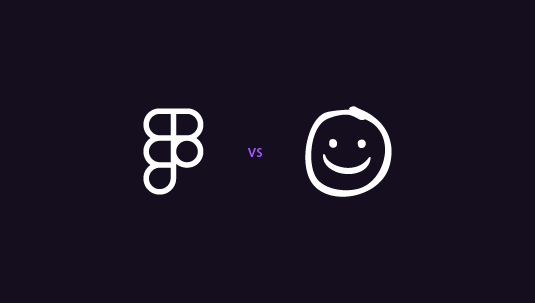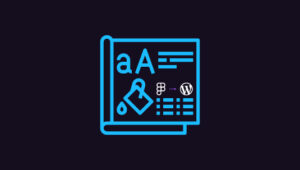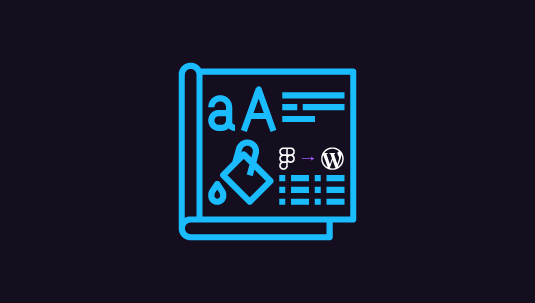Balsamiq and Figma are popular design tools used by professionals to create mockups, wireframes, and user interfaces. Balsamiq is known for its simplicity and focus on low-fidelity wireframing, while Figma is a more comprehensive design platform that supports high-fidelity prototyping and collaborative workflows. Both tools have their strengths and are widely used in the design industry.
In this Figma vs Balsamiq blog post, we’ll compare the key characteristics of these two tools to help you understand their unique features, use cases, and potential limitations. By examining aspects such as ease of use, functionality, collaboration capabilities, and pricing, we aim to provide insights that will assist you in choosing the right tool for your design needs.
Table of Contents
ToggleAbout Figma and Balsamiq – An Overview
Need a quick recap to understand the design tools Figma and Balsamiq? Get through this overview to understand their key features and differences.
Figma
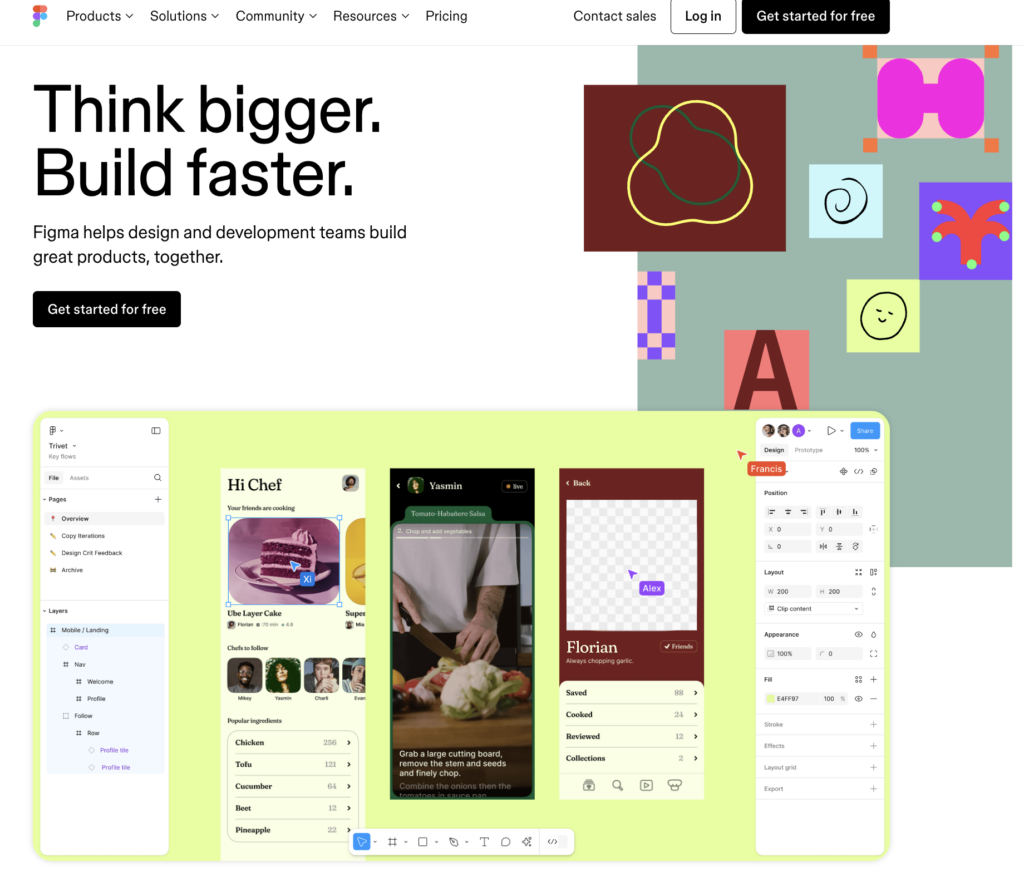
Figma is a cloud-based design and prototyping tool that has gained significant popularity in recent years. It offers a comprehensive suite of features for creating high-fidelity designs and interactive prototypes.
Key Highlights
- Cloud-based platform with real-time collaboration
- Vector editing capabilities
- Responsive design features
- Built-in prototyping tools
- Design system management
- Extensive plugin ecosystem
- Cross-platform compatibility (web, desktop, mobile)
Read More: How to Convert Figma to WordPress with Custom Animations & Microinteractions?
Balsamiq
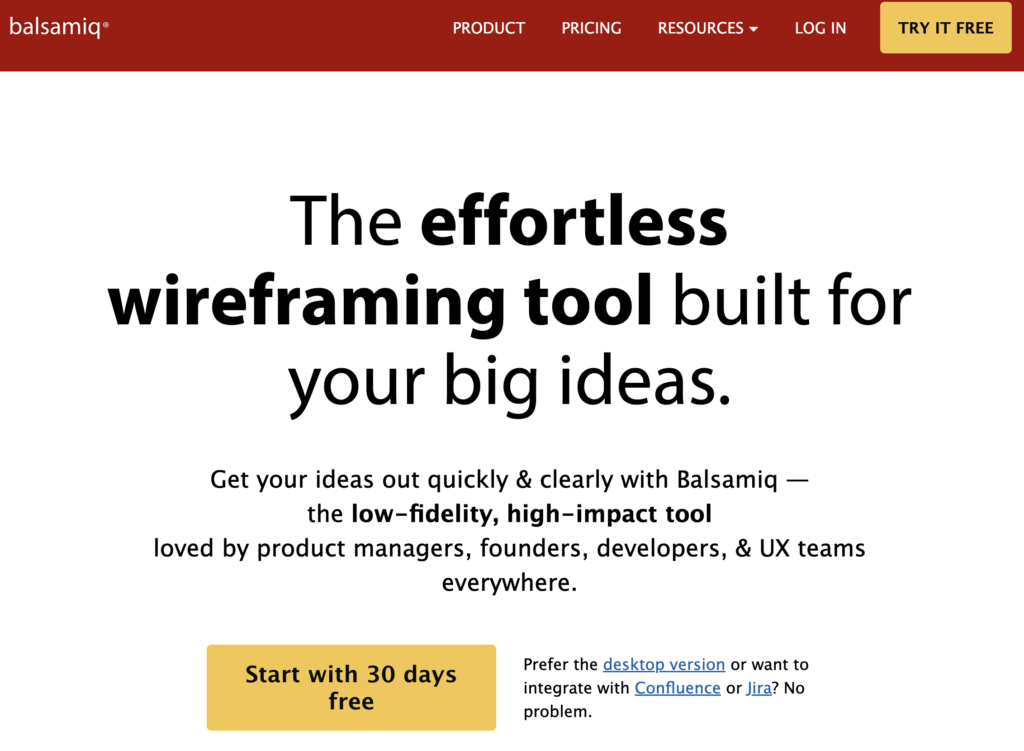
Balsamiq is a rapid wireframing tool that focuses on creating low-fidelity mockups quickly and easily. It’s designed to help users sketch out ideas and layouts without getting bogged down in details.
Key Highlights
- Specialized in low-fidelity wireframing
- Drag-and-drop interface with pre-built UI elements
- Quick sketching capabilities
- Minimal learning curve
- Available as both cloud and desktop versions
- Supports basic interactions for presentations
- Focus on speed and simplicity in design process
Need Your Detailed Wireframe Designs on Figma Transfered?
We can arrange that! Talk to our leading team of Figma designers and WordPress developers to make the best of your wireframe transfers.
Comparing Figma vs Balsamiq for Your Wireframes
Let’s dive into the key differences between Figma and Balsamiq, so you can clearly see how each tool stands out and better decide which one suits your design needs.
Rapid Prototyping: Speed vs Sophistication in Early Design Stages
Balsamiq prioritizes speed and simplicity in the early stages of design. Its library of pre-built UI elements allows designers to quickly drag and drop components to create wireframes. This approach is ideal for rapid ideation and concept testing.
Figma, while also capable of quick prototyping, offers a more versatile approach. Its vector-based tools allow for more precise control and scalability from the start. Designers can create custom components and reuse them across projects, which can speed up the process for more complex designs. However, this additional functionality may require more time to set up initially compared to Balsamiq’s instant wireframing capabilities.
Keep Reading: White-Label Figma to WordPress Conversion for Agencies
Sketch-Style Mockups: Hand-Drawn Feel vs Polished Digital Aesthetics
Balsamiq’s sketch-style mockups are a defining feature, giving designs a deliberately rough, hand-drawn appearance. This style helps to focus discussions on structure and functionality rather than visual details. It’s particularly useful in early stages when you want to avoid premature commitment to specific design elements.
Figma, in contrast, produces polished, digital-looking designs from the outset. While it’s possible to create a more sketchy look in Figma, it’s not the tool’s default or strong suit. Figma’s approach is better suited for creating designs that more closely resemble the final product, which can be advantageous when presenting to clients or stakeholders who prefer to see a more finished look.
Feedback and Iteration: Simplicity vs Comprehensive Collaboration Tools
Balsamiq’s simplicity extends to its feedback and iteration process. Designs can be easily shared as PNG files or interactive PDFs, and changes can be made quickly due to the tool’s straightforward interface. This simplicity can encourage more frequent iterations, especially in the early stages of a project.
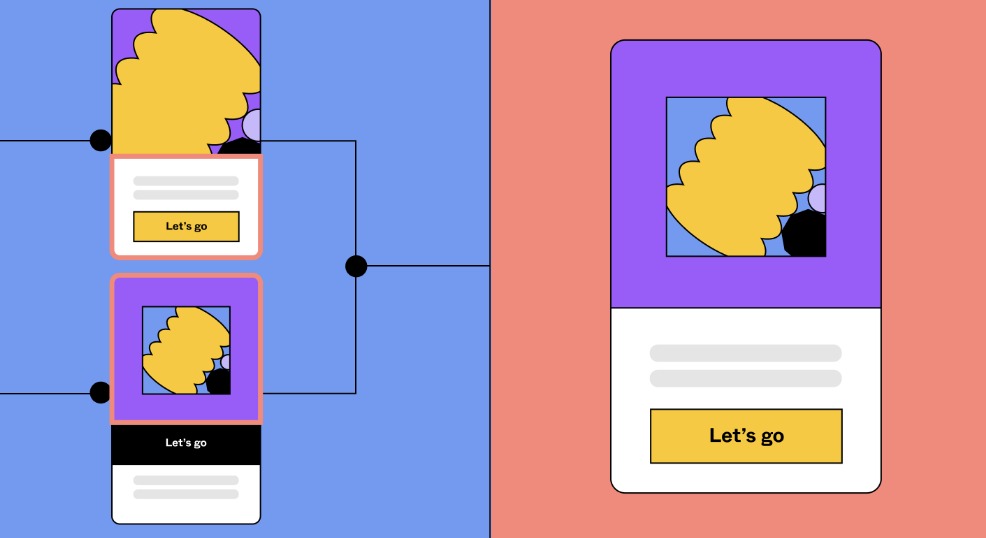
Figma offers a more robust set of collaboration tools. Its commenting feature allows team members to leave feedback directly on specific parts of the design. The version history feature enables designers to track changes over time and revert if necessary. While these features provide more comprehensive collaboration capabilities, they may also introduce a steeper learning curve for team members less familiar with advanced design tools.
Read More: Step-by-Step Guide to Converting PSD to WordPress as a Theme
Collaborative Design: Basic Sharing vs Real-Time Multi-User Editing
Balsamiq offers basic collaboration through its cloud version, allowing team members to access and edit shared projects. However, real-time collaboration is limited, and users typically work asynchronously.
Figma shines in this area with its real-time, multi-user editing capabilities. Multiple team members can work on the same file simultaneously, seeing each other’s changes in real-time. This feature is particularly valuable for larger teams or remote collaborations. Figma also offers more granular permission settings, allowing teams to control who can view, comment on, or edit designs.
User Interface Design: Wireframing Focus vs Comprehensive UI Creation
Balsamiq is primarily a wireframing tool, focused on creating low-fidelity mockups. Its UI elements are intentionally simple, encouraging designers to focus on layout and functionality rather than detailed aesthetics. This approach can be limiting for creating more complex or visually rich interfaces.

Figma provides a full suite of UI design tools, allowing designers to create everything from basic wireframes to high-fidelity prototypes. It offers advanced typography controls, robust color management, and the ability to create complex, responsive layouts. Figma’s component system also allows for the creation of design systems, making it easier to maintain consistency across large projects.
Find Out More: How to Convert Figma to WordPress Using ZipWP
Prototyping: Basic Interactivity vs Advanced Animation and Interaction
Balsamiq offers basic prototyping features, allowing designers to link screens together to create simple click-through demonstrations. This is sufficient for demonstrating basic user flows and navigation but lacks advanced interaction capabilities.
Figma’s prototyping features are much more comprehensive. Designers can create complex animations, transitions, and interactive elements that closely mimic the behavior of a finished product. Figma also allows for the creation of responsive prototypes that adapt to different screen sizes, which is crucial for modern web and app design. While these advanced features provide more flexibility, they also require more time to learn and implement compared to Balsamiq’s simpler approach.
Read More: How to Convert Figma to WebFlow: A Step-by-Step Guide
Conclusion
In conclusion, both Balsamiq and Figma offer valuable tools for designers, but they cater to different needs and stages of the design process. Balsamiq excels in rapid, low-fidelity wireframing with its sketch-style mockups and simplicity, making it ideal for early-stage ideation and quick iterations. Figma, on the other hand, provides a more comprehensive platform for high-fidelity design, advanced prototyping, and real-time collaboration, suitable for complex projects and larger teams.
The choice between these tools ultimately depends on your specific requirements, team dynamics, and project scope. Consider factors such as the level of detail needed, collaboration requirements, and the desired balance between speed and sophistication when selecting the right tool for your wireframing and design needs.

